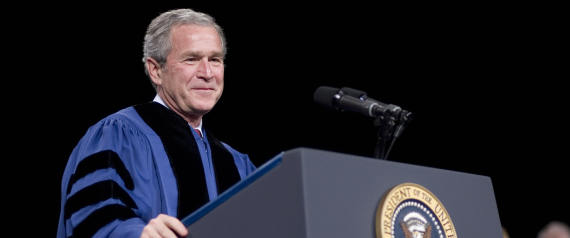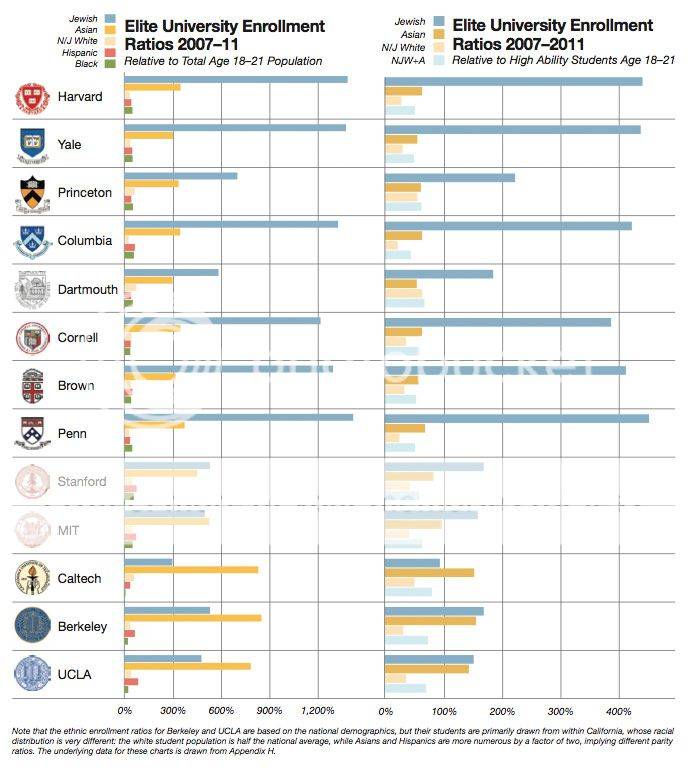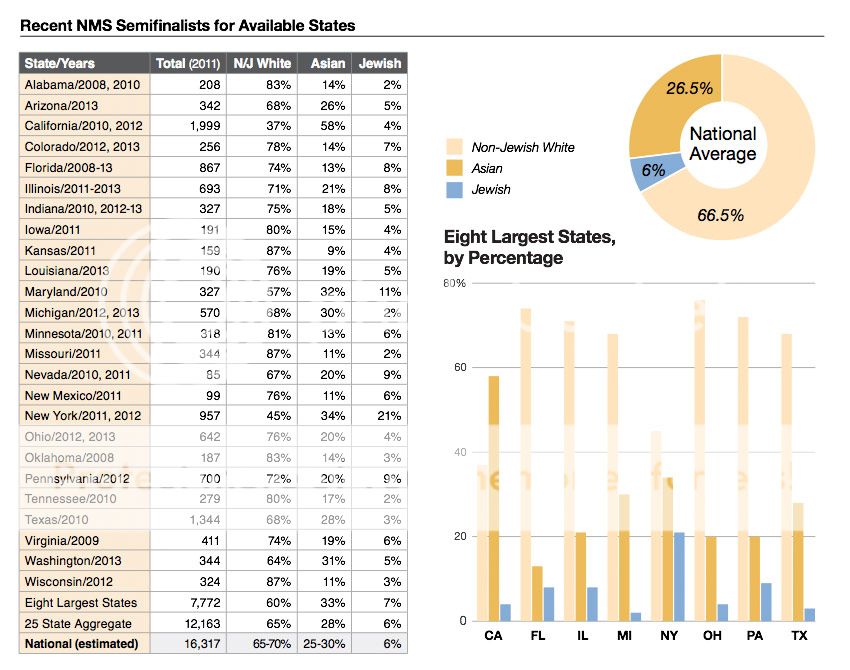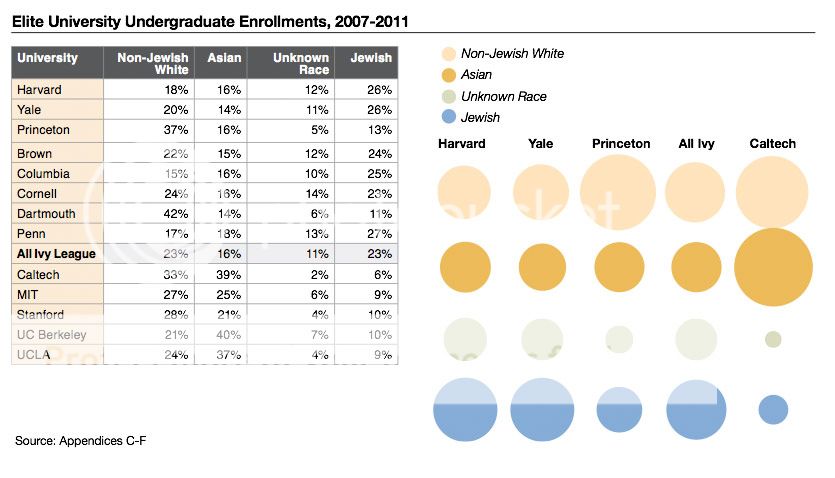
The current public debate and wave of articles about how colleges can do a better job of providing access to students from low-income families -- including my own article,"Making Top Colleges Less Aristocratic and More Meritocratic" (with Richard Kahlenberg) in Friday's New York Times -- reminds me that for over a century, most colleges have had an affirmative action policy for rich, well-connected white kids. It is called "legacy" admissions.
Former President George W. Bush was an affirmative-action beneficiary, at Yale University and then at Harvard Business School. But that didn't stop him from opposing affirmative action based, in part, on race. Bush once said that considering applicants' race in college admissions "amounts to a quota system that unfairly rewards or penalizes prospective students based on their race."
Bush was admitted to Yale in 1964 under an affirmative-action policy for children of alumni -- what colleges call a "legacy" system. "Legacy" policies -- preferential treatment of children of alumni -- are the quintessential example of the "old boys network." Colleges view them as a way to get into the pockets of rich alumni. Admit my child and I am more likely to increase my donations to my alma mater -- or at least maintain whatever level of giving worked to help get my child in there.
Legacy preferences still exist, of course, at most selective schools. But they no longer carry quite the same weight they did at schools such as Yale, Princeton University and Harvard University when Bush was applying to colleges in 1964.
Bush never released his high-school grades from Andover -- an elite New England prep school that his father had also attended -- or his SAT scores. But when The New Yorker got hold of Bush's Yale records, it discovered that he scored a 566 on the verbal SAT and a 640 on the math SAT -- 180 points below the median score for his Yale classmates.
From what is known about Bush's academic performance at Andover, it is doubtful that he would have been admitted to Yale unless his father (at the time a Texas businessman running for the U.S. Senate in a race he eventually lost) and grandfather (Prescott Bush, a former Republican U.S. senator who represented Connecticut from 1952 to 1962) had been Yalies (from, respectively, the classes of 1948 and 1917). In fact, as a student, Bush studied in the Yale library's Prescott Walker Bush Memorial Wing.
Much More: How George W. Bush Benefited From Affirmative Action - Peter Dreier
Dubya just rode the Bush family gravy train.






